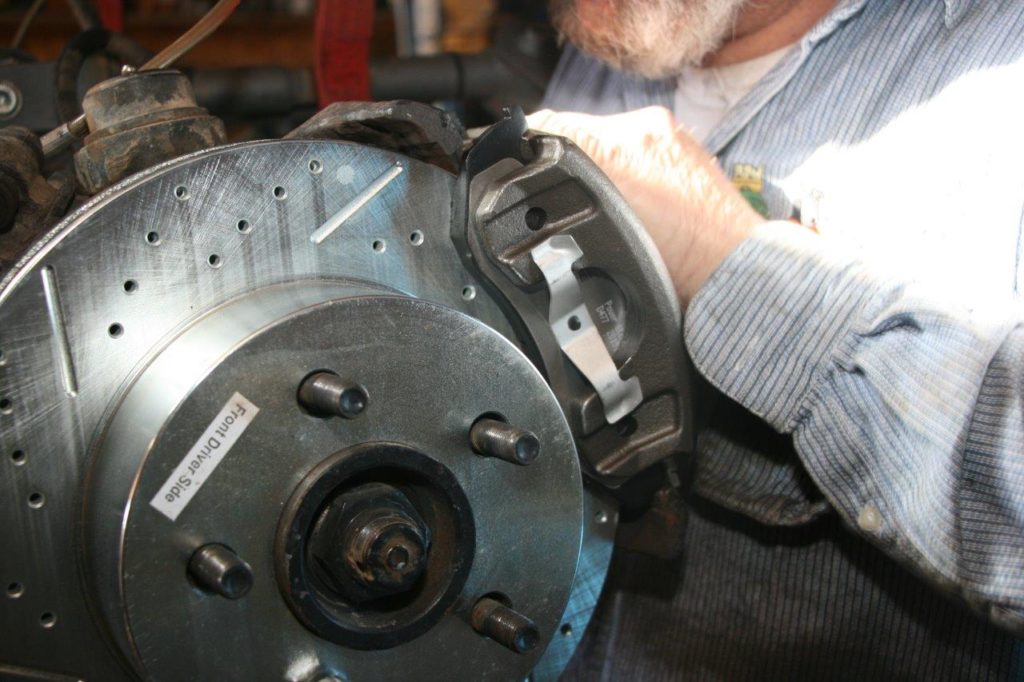
Q: I have a 2015 Subaru WRX that I occasionally take for spirited drives in the mountains near my home. I am looking for replacement brake pads that will provide increased stopping power and reduced fade, but will also function smoothly during everyday driving. What do you recommend?
…
A: Several choices that would be an improvement over your stock setup, but the brake pads I’d recommend for your application are HPS 5.0 from Hawk Performance. They deliver stop-on-a-dime braking power with smooth and predictable control, plus excellent pad and rotor life.
If you need to step on even more stopping power, heat dissipation, and wet performance, match the pads with Hawk’s Talon cross-drilled and slotted rotors.
They’re made to OE specifications, but are cast from superior material and feature a corrosion-resistant coating that assists with break-in. If you plan to reuse your rotors, check for thickness, deep grooves, or scoring, and resurface or replace them as needed.
If the rotors do not need resurfacing, lightly sand them with 120-grit sandpaper to remove contamination from the previous pads. Finally, clean the rotors using dishwashing detergent with hot water—they must be free of any oil, grease, or brake fluid.
To get maximum performance from your brakes, you must perform the proper bedding (break-in) procedure. This carefully heats the surface of the brake pad, applying a transfer-film layer of friction material to the rotor.
This allows the brake pad material to rub against itself rather than the bare rotor, increasing stopping performance while reducing pad and rotor wear.
To bed in the pads, find an open road away from traffic, then make 6-10 moderate stops from 35 mph to 5 mph. At this point, the brakes are very hot, so it’s important not to drag them or stop for any period of time.
Next, perform two to three aggressive applications (near ABS activation or lockup) from 45 mph to 5 mph. Drive gently for 15 minutes—again, avoiding stops—to allow your brakes to cool down. Now your brakes are ready for normal use.

Comments